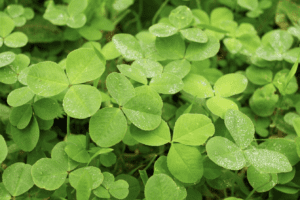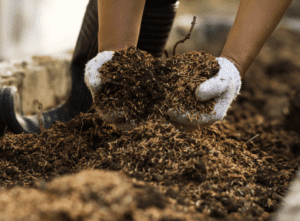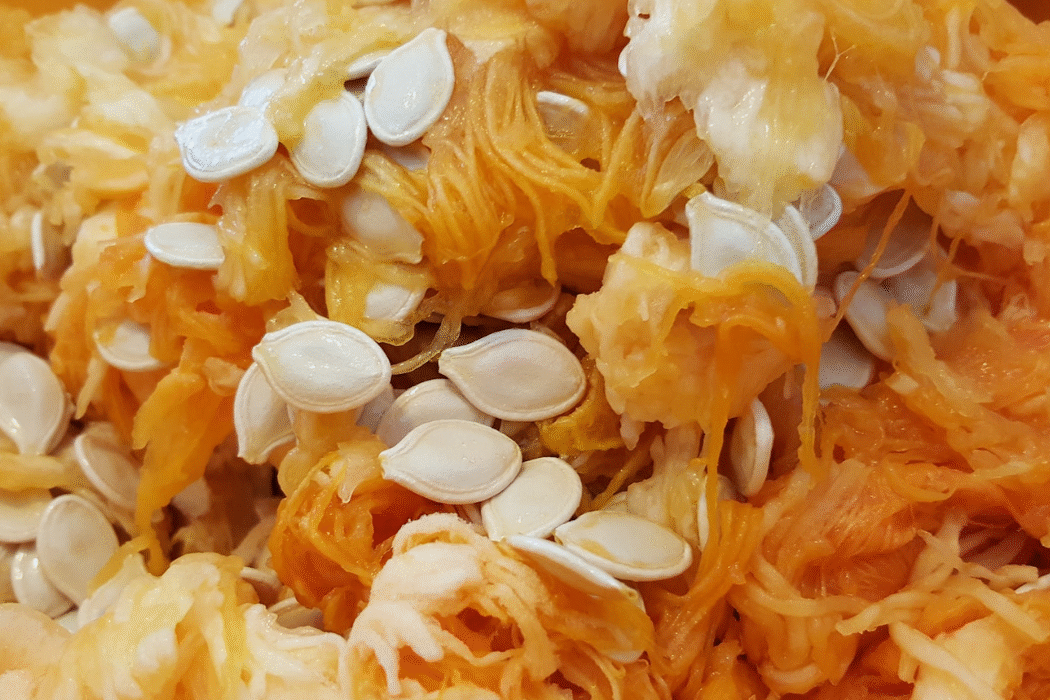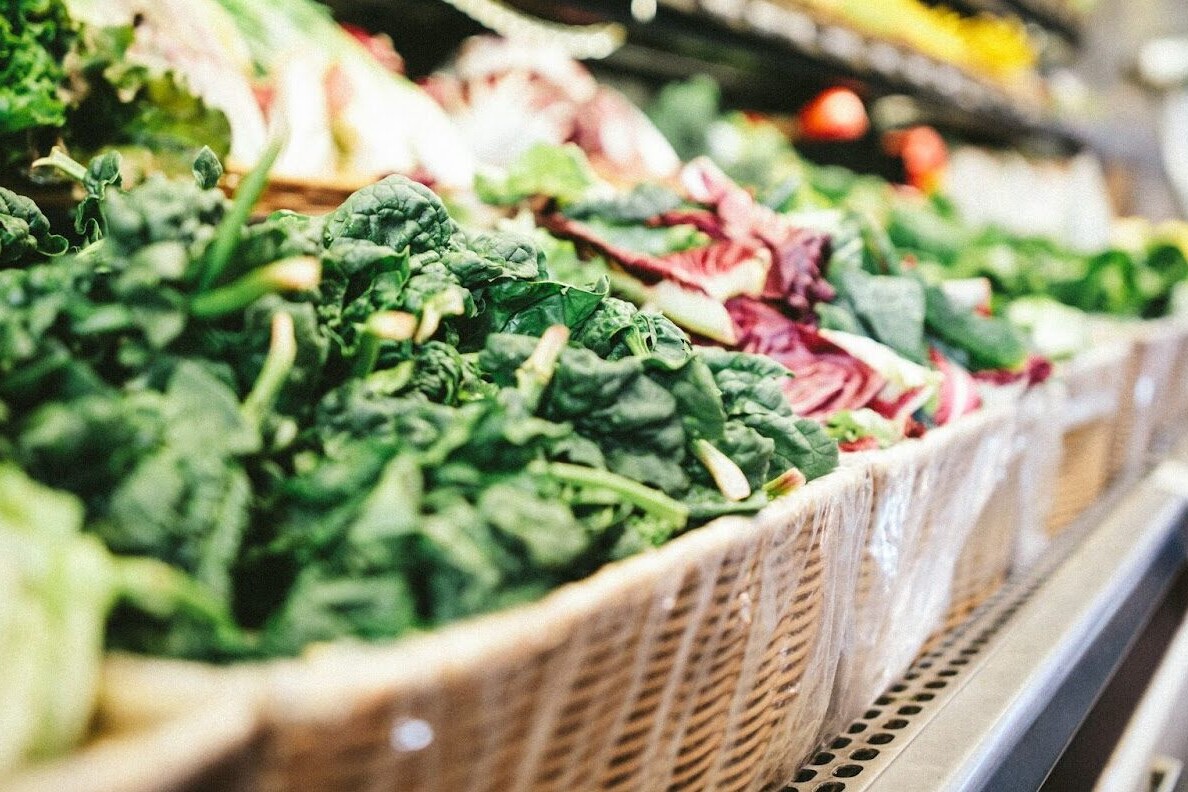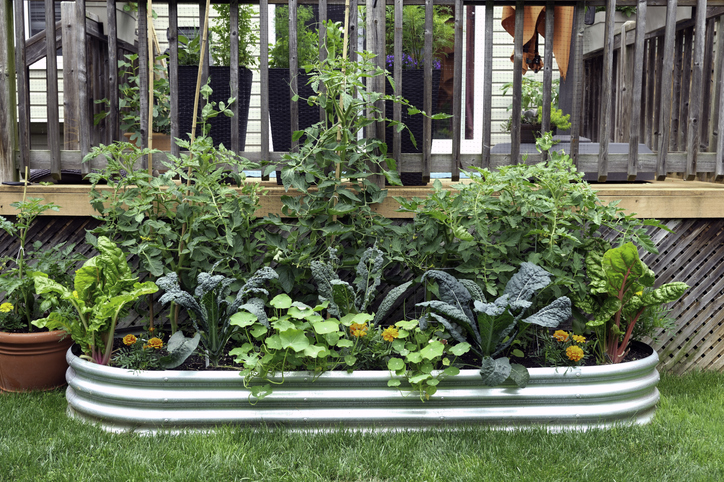September 8, 2023
5 Gardening Tasks That Build Healthier Soil
5 Gardening Tasks That Build Healthier Soil
Can you feel fall in the air?
As sunsets get earlier and cool weather approaches, it can sometimes feel like the year’s gardening fun is coming to a close. As the growing season ends, it’s soil-building season.
Even if you live in a year-round temperate climate, early fall is the ideal time to support your garden’s soil. Admittedly, some of the best fall garden chores can be the dirtiest — or should we say the “soil-iest”? — but seasoned gardeners know that getting some organic matter under your fingernails is one of autumn’s greatest joys.
By doing these tasks in your garden now, you’ll rebuild soil’s organic content, prevent erosion, and support soil structure for a happy spring garden.
1. Clean up debris and spent plants to protect against disease.

Rake up and remove fallen leaves, weeds, sticks, twine, and rocks, too. If you have a functioning compost operation, toss your plant-based “waste” in there — but be sure not to put any diseased plants or major pest infestations into the compost! If you don’t have a home compost system, put plant items in your curbside green bin.
Pro tip: Try your best to keep organic matter out of landfills, where its natural potential to transform our planet’s soil is stopped short.
2. Test your soil to pin-point what it needs.
Want to get down to the nitty-gritty details of what exactly your soil needs to thrive? Soil testing is your key.
When you know what nutrients your soil is lacking, you can add the perfect supplements and amendments to adjust pH, structure, and nutrient makeup. You can even plan your over-winter cover crops and spring garden around your soil test results!
So how does soil testing work? Read all about soil testing and how to interpret results in our interview with Margaret McCoy, PhD, our resident soil ambassador.
3. Add organic nutrients to support soil microbes and healthy spring soil.
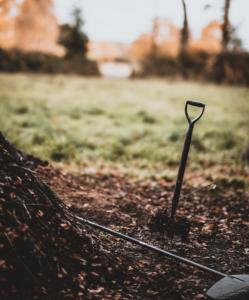
Throughout spring and summer, your growing plants use the organic matter and nutrients in soil that microbes have broken down (thanks, microbes!). Over time, those nutrients are depleted. But the natural seasonal cycle gives soil a built-in renewal period: fall and winter!
Help soil out by adding an organic supplement to your top soil. You may choose what specific foods your soils might need based on your soil test (for example, if your soil pH is too high, you may want to add Prilled Sulfur to make it more acidic). Or, if you’re looking for a general soil boosters to infuse slow-release nutrients into your garden, you might try Seabird Guano.
Apply according to directions, gently mixing fertilizer into the top 8 to ten inches of soil. Water moderately and the living world inside soil will do the rest!
What about tilling? Historically, tilling was touted as a top fall chore because it’s a fast way to “open” soil structure and stimulate soil microbial activity. But aggressive, frequent tilling in seasonally-used areas can be more harmful than it is productive. It can further degrade organic matter and cause erosion. Save heavy tilling for when you want to turn untouched earth into garden beds. It’s not needed for soil that’s been well-tended seasonally.
4. Plant a cover crop (and other cool weather crops) to protect and replenish soil.
Yep, early fall is a great time for planting certain crops! Plant cover crops and other cool weather crops with enough time before the first frost for the plants to get strong and sturdy.
Cover crops are plants that cover soil almost like a carpet. They are grown specifically to help improve soil health and are one of the best things you can do for your soil — and yet one of the most under-utilized in home gardens.
By planting cover crops in your garden in the fall and leaving them to grow through the winter, you’ll naturally help:
- Prevent soil erosion
- Encourage soil aeration
- Add organic matter to the soil and fix essential nutrients into soil
- Keep soil microbes happy and active
Some popular cover crops include clover, rye, vetch, wheat, some types of peas, and many types of legume.
Now’s the time to plant cool weather veggies, too. Depending on your climate zone, you may have a lot to choose from! Winter veggies, just like cover crops, support soil health in a multitude of ways…and they sure are tasty in winter stews and roasts.
5. Mulch open beds and annuals to protect them throughout fall and winter.
Mulching your garden beds is an awesome way to protect against soil erosion and keep soil warm and moist as weather turns chilly.
Mulching also suppresses weeds, supports soil drainage, and promotes soil health by encouraging the microbial life within soil to do its slow, essential work of breaking down organic matter into nutrients plants need.
By dedicating some time and effort to these essential tasks, you’re not just nurturing your garden; you’re participating in a timeless cycle of renewal that ensures the health and productivity of your soil for years to come. So, embrace the crisp air of autumn, get your hands a little dirty, and rest assured that nature’s slow and steady processes will reward your efforts with a bountiful and flourishing garden when spring arrives once again. Happy gardening!
Read More Articles by True Organic
5 Earth-friendly Ways to Use Halloween Pumpkin Guts
October 25, 2023
Food Safety for Safer Edible Gardening
June 6, 2022
Show us your True Organic Plants
#GrowWithTrue
www.trueorganic.earth

